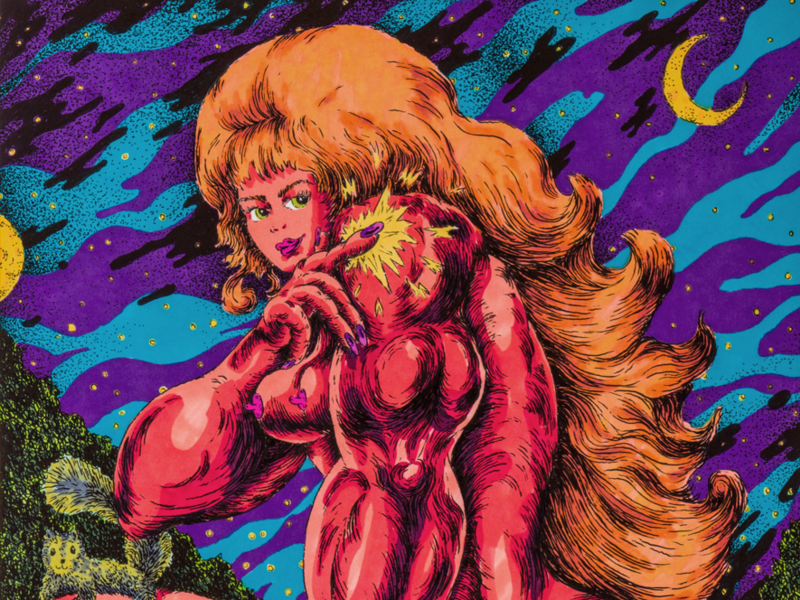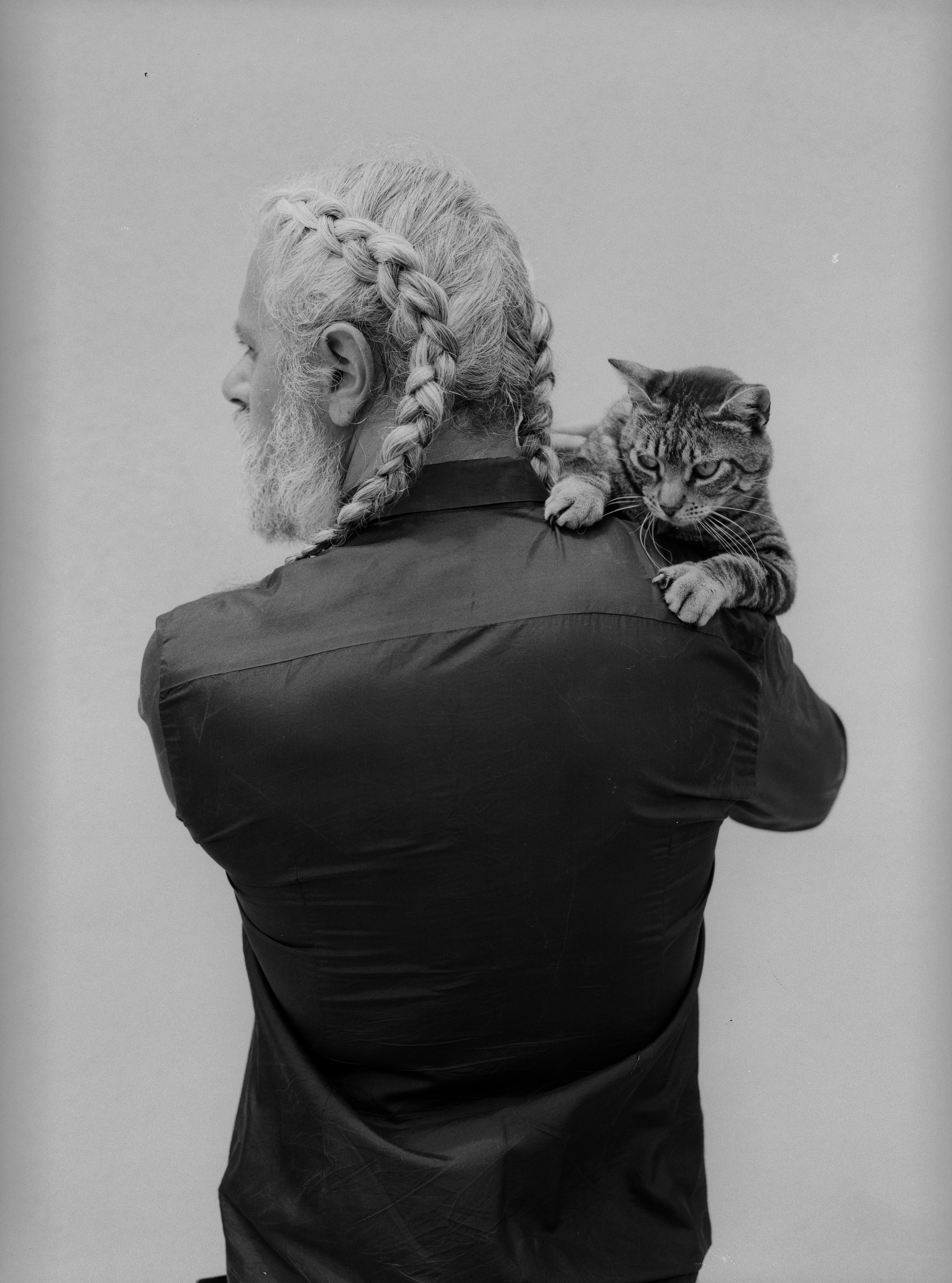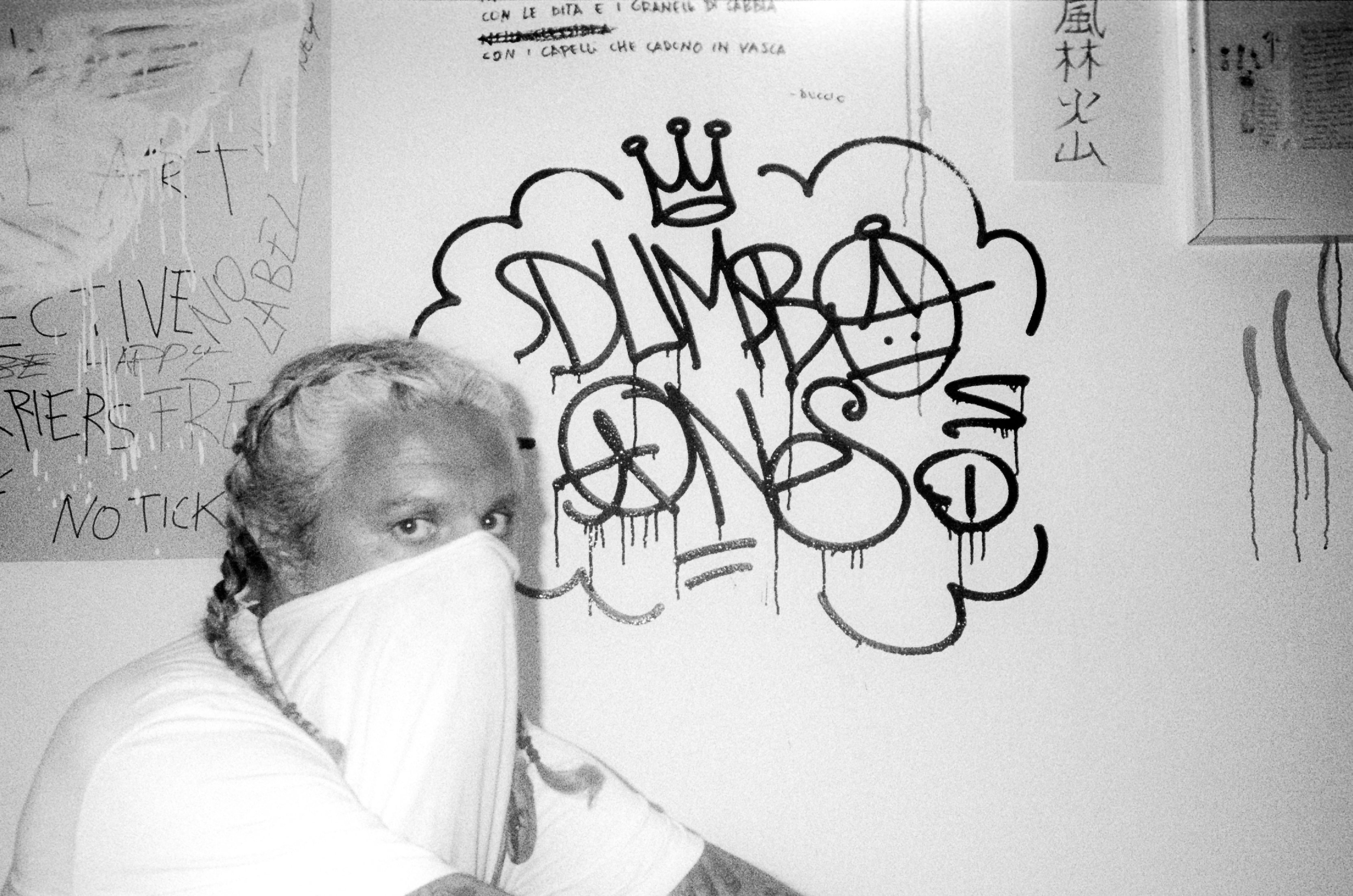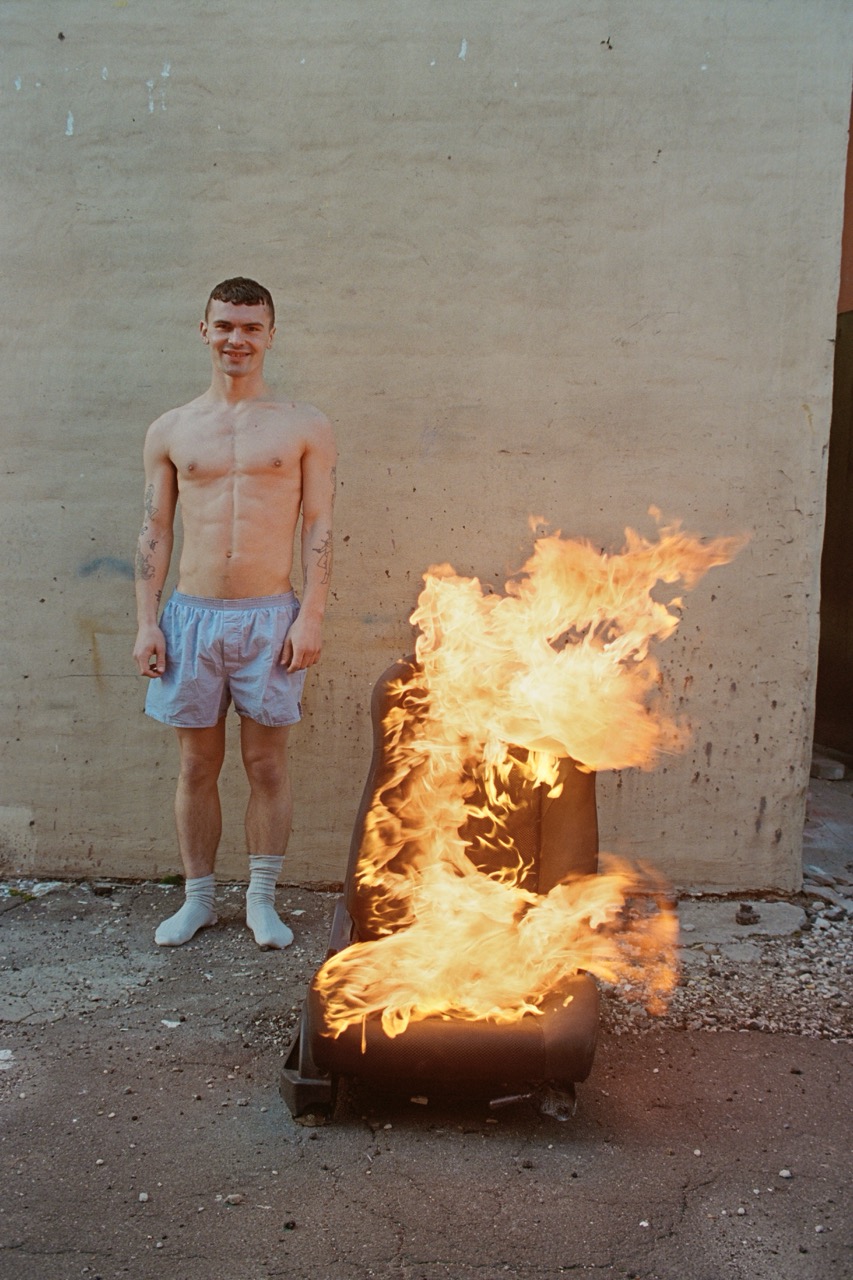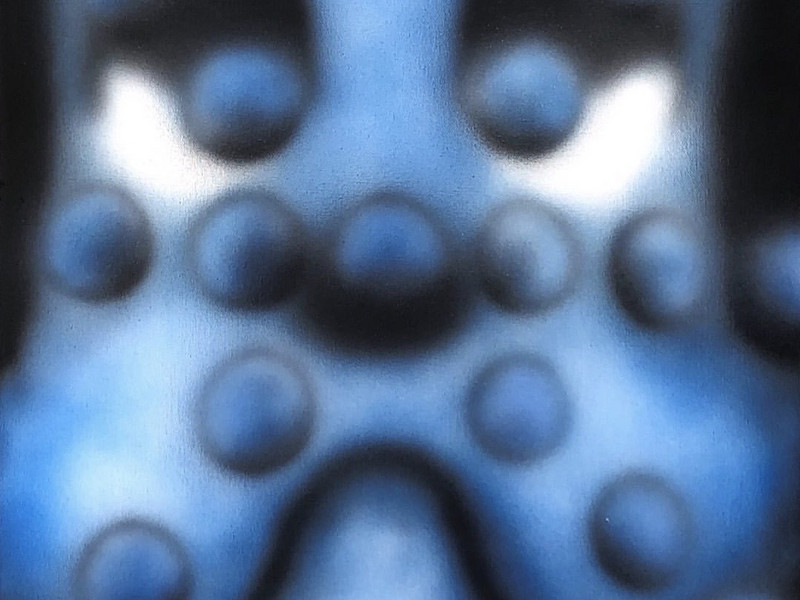Got PIX?

Read our interview and don't forget to pick up a copy of PIX, available now at the office Newsstand.
Talk to me a bit about how the concept for PIX came about.
So, essentially PIX is a sort of call and response. As a photographer I find that very often when I see an image that moves me, I’ll think of one of my own that’s in my archive or I’ll think of how I can take a photo that may respond or work with that image—just my thought process. Over the years, I’ve discussed this with other photographers and found that a lot of people have the same feeling or intuition. I used to do a zine in 2014 called Spotzine and that was a collaborative thing where I’d pool different artists and put them into one book—I tried to work with people who didn’t know each other and then for each zine release we’d have a party and a band play. So, it was all these different scenes merging and a bit of a community thing.
Breaking down some creative walls—I like it.
Yeah—it was painters, photographers and so on. I wanted to circle back to that a few years later and I thought of this ‘responding to one image’ idea. It’s a return to trying to form some community, throw a party and get people together in a room. I also wanted to take advantage of digital benefits as well, so we’re showing online portfolios of the submission responses that are even bigger than the zines. That way, we can include more people, including people that aren't based in the immediate area—it became way more international than I expected, but that’s great.
Has that always been important to you as an artist—building bridges between different creative communities? I know in the photo world you’ll find lots of different ‘lanes’ and cliques.
Oh yeah, I think it’s a benefit for everybody. Share some thoughts around your actual process for work and also just talking to people who think about things differently, who see things differently—I think that’s very beneficial, for my work, for everyone. Even outside of the work, just between people, it’s good.
I appreciate that, especially because in the age of Instagram, with visible follower counts and things like that, there’s a lot of competition rather than collaboration, and I don’t think that benefits anyone. So, projects like PIX really help people.
I think it’s a real issue—and I think it’s weird how Instagram promotes like, cliques. Cliques have always existed obviously, but it’s like a whole new thing. This project definitely has a lot of that in mind—I tried to do as few rules as possible. On the website, I encouraged all kinds of work, like you can submit collage. I just want it to be photo-based. Maybe moving forward, I’ll do some other things with the publishing side of it, but this seemed very honest and—surprisingly—complicated to some people. I got a lot of e-mails from people being like ‘This photo is so crazy, I can’t respond to this,’ and I was like, ‘You can!’ A lot of people took it really seriously, which I appreciated, and some people took brand new photos. I respect all the different approaches—it’s cool.
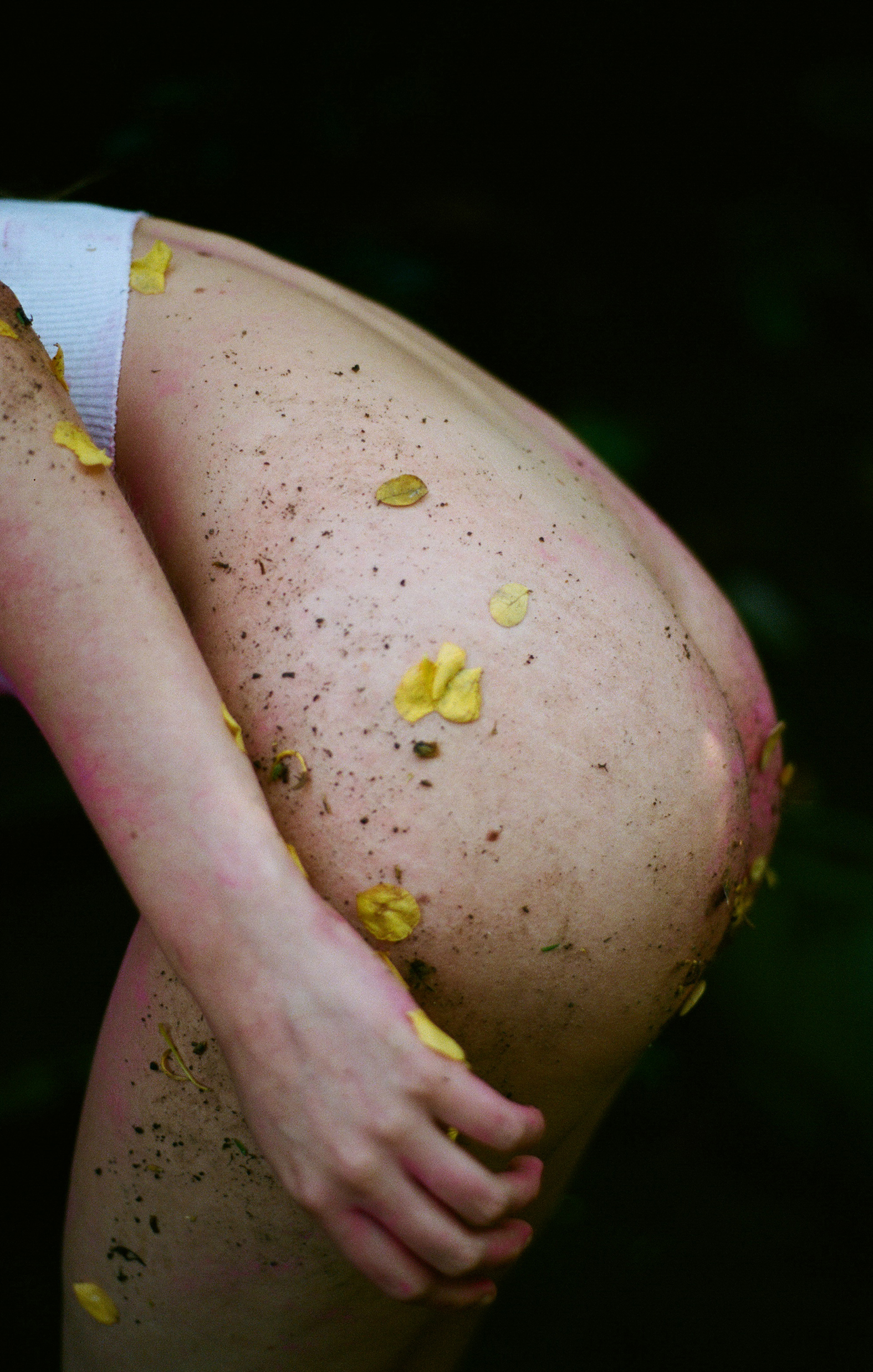


From left: Delilah Jesinkey, Michael Northrup & Farah Al Qasimi.
It also goes to show the many different ways people go about interpreting a photo, like Chad Moore’s image of a close-up mouth. What made you choose the different source images?
So, Chad gave me a folder of like hundreds of photos—some that he had used plus some unseen stuff. Chad’s a good friend and I’m very familiar with his work. I chose this because it feels like a Chad Moore photo, but somewhat different. I really didn’t know how people would respond, but thought it would be a pretty big range—and it was! From shape to the very literal images of mouths and smiling—but then there’s some stuff that gets really far away.
For the second issue, you got some even crazier responses to Michael Northrup’s image. Were there any photos that jumped out at you as people interpreting it in a wild direction?
People have been really responding to the image by Lora Gettelfinger—her work is great and she’s based here in New York. It has a lot of different layers to it, obviously. The perspective is so crazy.
Issue 003 is a banger. You’ve got Farah Al Qasimi on the cover, and one of Ryan McGinley’s classic photos as a response. Tell me about some of the other images, as well.
There’s one by Clint Colbert—he’s a photographer also based out of Philly. He does a lot of these really bright strobe photos that feel like they’re from another era. He has a great eye for capturing work that feels sort of mid-’90s nostalgic. It’s the simplicity that connects.
How long does your process for editing each zine usually take? You’re juxtaposing a lot of different people’s work together and that’s never easy.
At first I was doing it digitally—I took all the names off the files and put all the submissions for each zine into a different folder. I just tried to create a vibe, like I didn’t even look at the names-- it was like, ‘Here’s this photo, what do I want to put next to it?’ Eventually I ended up printing everything as small, quick prints.


From left: Chad Moore & Sam Hiscox.
The old school editing method.
Yeah it was like, ‘Why not? I should just do it and not think about it while I can see them all together.’ If anything didn’t fit, I kept the images for the online portfolios. It was really just by feel, very visual; some nice ebbs and flows, some more compositions or textures or forms. There’s definitely a line through it all.
Are you working with anyone else while you edit these?
Not yet—it’s just been me by myself at the moment. I started asking for submissions at the end of November, then closed them at the beginning of January and had everything out for the launch party by January 26.
You launched all three of the first zines at once, right?
Yeah, I wanted to build it up so that there were some examples for people. I’m hoping that moving forward, people will see the portfolios in print or online and be like, ‘Oh now I get it’—[I want it to] give them some inspiration. At first, there was a lot of trying to explain the idea to people without having seen the result, so I hope that as I move forward things are even more enticing.
Are you going to wait for three more zines to be finished before you do another print drop?
So, 004 and 005 are both on the website right now—the lead image from 004 is from Ryan McGinley. It’s a very new photo but for me it’s a throwback to some of his other work from 2008-2009. And the lead from 005 is from Elizabeth De La Piedra—do you know her work?



From left: Jae Kim, Lora Gettelfinger & Cate Russo.
I’m not familiar with it.
She’s very cool and based out of Chicago. The image is a really beautiful close-up portrait. I think I’m going to release those two zines together and then, for the remainder of the year, drop one every other month. So, at the end of the year I’ll have ten. After that, hopefully it will keep going.
Obviously we’re print junkies here at office, but I’m glad you’re embracing the digital platform as well, and giving a broad variety of artists a space to do their thing. Are there any photographers you'd like to work with on the project?
I was actually just thinking of that this morning. There’s a few. I haven't reached out to anybody yet, though, so I don’t want to spoil it!
Are you going to keep it a mix of established artists along with those still making a name for themselves?
Yes, I think it should be a big range. I’m actually looking at a couple of photojournalists, people who have been photographing the caravan in Mexico and traveling with them all the way to the border. The work is really some insane, powerful stuff. So, maybe not those specific images, but certainly something from a photojournalist’s perspective, which I think would be interesting for people who work more on the fine art side of photography to respond to. I want the different groups to come closer, for differently people to think about their photos in correlation to others.
I love that you’re pushing away those boundaries between journalism, fine art, still life, etc.
I totally respect people’s concentration, but I think we can bridge some gaps and have it all jive.
Submissions for Issues 004 and 005 are open through March 1. Learn more about PIX here and buy a copy at the office Newsstand.











